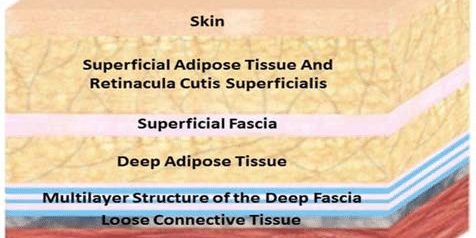
So, to carry on from last week’s exploration of hyaluronan, or as it was referred to as “highly ironic acid” by Robert Stern and his associates in their 2006 paper…..
Hyaluronan is described as a non-Newtonian fluid. But what does that mean? It changes its flow behaviour under stress, and as such it is termed thixotropic. Think of honey… when you stir honey, it becomes runnier, more fluid. That is, it’s viscosity reduces. As soon as the agitation stops, it thickens up again and it becomes more viscous. Hyaluronan is just the same… its viscosity is reduced with stress over time under any loading condition, so it displays different behaviours depending on what stress is applied to it.
This helps to explain what happens to fascia when we don’t move. But does it also explain what happens when we apply manual pressure? The application of shearing stress, compression and load certainly DO influence fascia’s viscosity and by association, our ability to move well.
But the story doesn’t end there…. According to Antonio Stecco, production of hyaluronan escalates in response to severe stress and/or trauma, includingexercise. We can presume an increase in the quantity of hyaluronan in and on the surface of fascia occurring in all overuse syndromes when hyaluronan becomes more viscous. The increased viscosity of the loose connective tissue inside the fascia may cause decreased gliding between the layers of collagen fibres of the deep fasciae as the hyaluronan self-aggregates, forming those macromolecules I mentioned in a previous post. This may be perceived by patients as an increase in fascial stiffness.
So with increasing concentrations, HA chains begin to entangle with a dramatic increase in viscosity.
Remember from last week, in the case of immobility, hyaluronan builds in concentration and does not dissipate with ease. It doesn’t take much imagination to appreciate that the overproduction of chaotic collagen and hyaluronan like glue that mobility will be significantly impacted….. keep moving peeps! EVERY SINGLE DAY OF YOUR LIFE!
It also makes those of us as bodyworkers and movement therapists to reconsider the profound influence our intervention can make…





